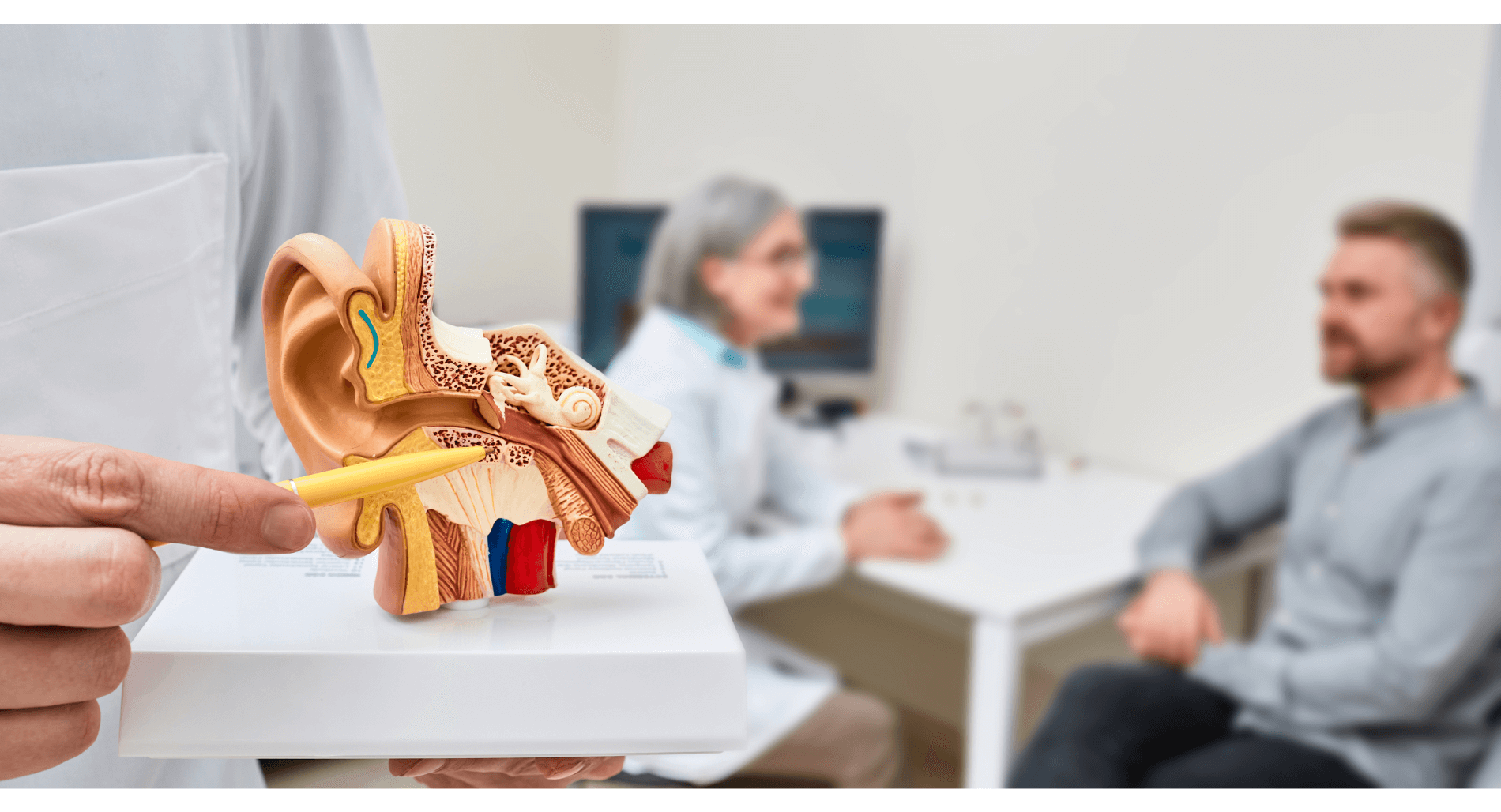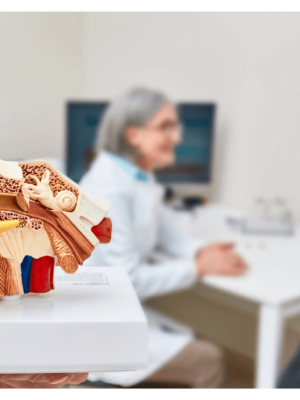The Science Behind Hearing Aids

Understanding the science behind hearing aids can shed light on how these small devices significantly impact the lives of those with hearing loss. These innovative tools use advanced technology to amplify sound and enhance auditory experiences, making communication easier and more enjoyable.
How Your Hearing Works
To appreciate hearing aids, it’s important to understand how hearing works. Sound waves travel through the ear canal to the eardrum, causing it to vibrate. These vibrations move through the three small bones in the middle ear, sending them to the inner ear’s cochlea. The cochlea transforms these vibrations into electrical signals sent to the brain, which interprets them as sound.
The Causes of Hearing Loss
Hearing loss can result from various factors, from aging and long-term exposure to loud noises to infections or genetics. Damage to any part of the ear, especially the hair cells in the cochlea, leads to difficulties in hearing. This is where hearing aids come in handy. They can make sounds louder and clearer, assisting those with hearing loss in hearing better.
Types of Hearing Aids
There are several types of hearing aids, each designed to cater to different levels of hearing loss and personal preferences.
- Behind-the-Ear (BTE) Hearing Aids: These hearing aids have a small case that sits behind the ear. They connect to an earmold inside the ear canal.
- In-the-Ear (ITE) Hearing Aids: These fit entirely inside the outer ear. They are comfortable and typically suited for individuals with mild to severe hearing loss.
- In-the-Canal (ITC) and Completely-in-Canal (CIC) Hearing Aids: These are small devices that fit partially or completely in the ear canal. They are less visible but suit only mild to moderate hearing loss.
The Key Components and Their Functions
Hearing aids are miniature marvels of technology. They consist of several components that work together seamlessly to improve hearing.
- Microphone: The microphone picks up sound from the environment. It converts sound waves into electrical signals.
- Amplifier: The amplifier increases the strength of these electrical signals. This step makes the sounds louder and easier to hear.
- Receiver/Speaker: The receiver converts the amplified signals back into sound waves. It delivers them directly into the ear.
- Battery: Hearing aids can be either rechargeable or powered by disposable batteries. The battery supplies the necessary power to the device.
Advanced Features in Modern Hearing Aids
Modern hearing aids are far more advanced than their earlier counterparts. They come equipped with digital technology, allowing for enhanced sound quality and additional features.
- Noise Reduction: This feature helps reduce background noise, making it easier to focus on conversations.
- Directional Microphones: These microphones pick up sound from the direction a person is facing. This helps in noisy environments where it’s crucial to focus on specific sounds.
- Feedback Suppression: Eliminates the whistling sound that sometimes occurs with hearing aids.
The Role of Hearing Professionals
Choosing the right hearing aid involves guidance from a hearing health professional. A hearing health professional conducts hearing tests to determine the degree and type of hearing loss. Based on the results, they recommend the best hearing aid option. They also ensure that the device fits well and functions properly.
The Benefits of Hearing Aids
Hearing aids provide numerous benefits. They significantly improve the ability to hear speech, especially in noisy environments. They also help individuals stay connected with friends and family, preventing social isolation. Better hearing also increases safety, allowing individuals to hear alarms and other warning signals.
Conclusion
Hearing aids are essential tools for those with hearing loss. They combine sophisticated technology with a deep understanding of human hearing to improve the quality of life of all users. Understanding the science behind these remarkable devices highlights their importance and their positive impact on better hearing and communication.
